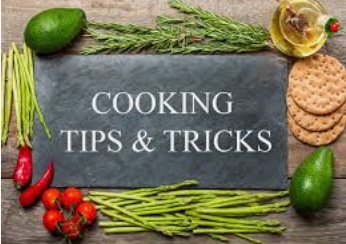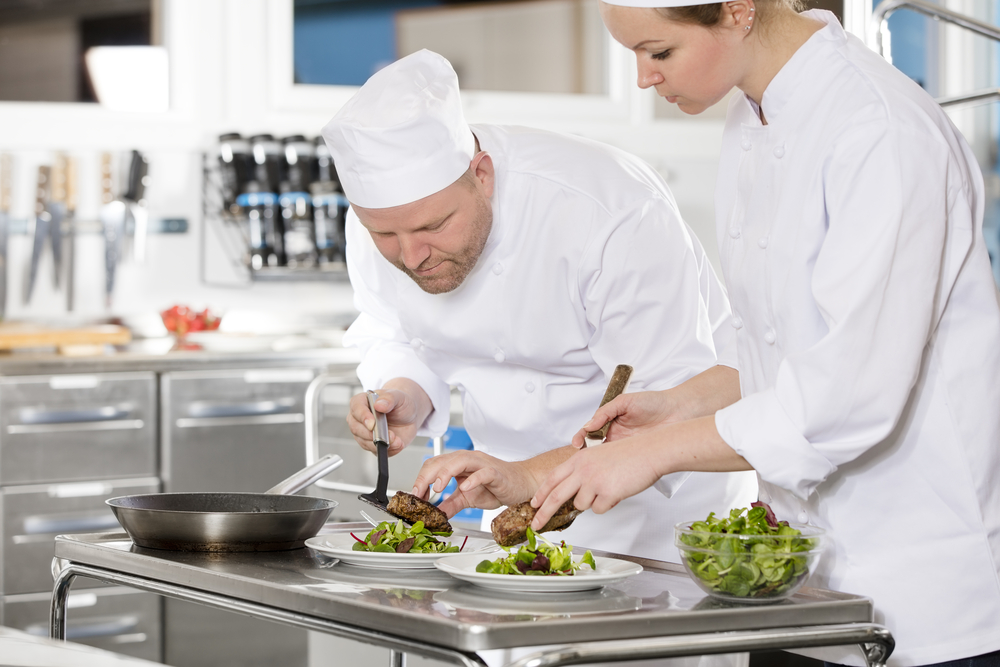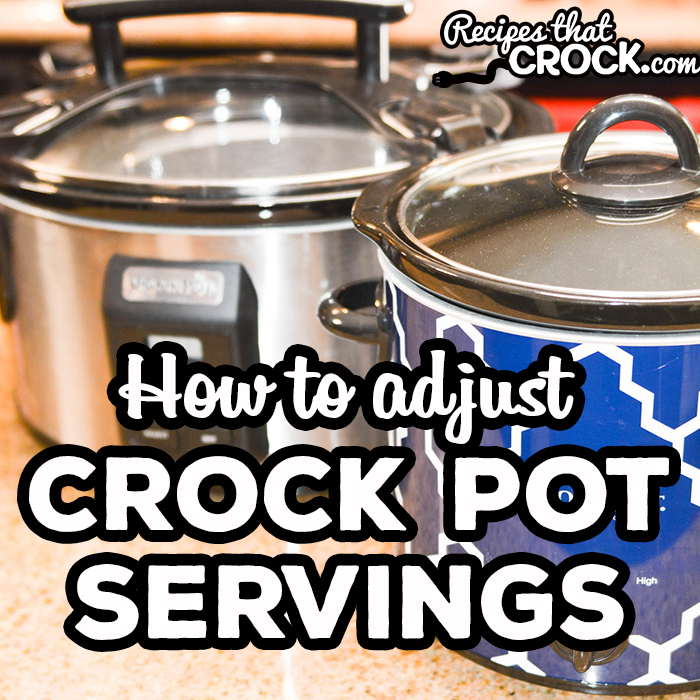
You're likely to have tried advanced cooking techniques if you are a passionate cook. French and Chinese cooking techniques are well-known. How about Japanese or Chinese methods? You will want to know the best poaching and steaming techniques. Learn more about how these techniques work and why they are important. These techniques can be used in your daily cooking. You can also look out for cookbooks that describe these cooking techniques in greater detail.
French cooking techniques
Traditional methods are the foundation of French cuisine. French chefs know how to put everything in its place and slow cook at low temperatures. Confit, which involves slow cooking different foods in fat and low heat, is also known. In the same way, sauces are often made with alcohol. Typically, flambeing is used for desserts, but the alcohol in it can be poured over the food while it is still cooking to impart its flavor.
Chinese cooking techniques
Many complex techniques can be used in traditional Chinese cooking to make your food more delicious. One of these techniques is stir-frying, which involves cooking in a wok with a light layer of oil. Stirring the food rapidly and thoroughly is necessary to achieve the desired texture. This method is the simplest and best suited for small ingredients, such as vegetables and noodles. Stir-frying is not the only method used in Chinese cuisine to produce different results.

French method of steaming
Steaming, which is a cooking method that produces a constant flow of hot air around food to preserve all its nutrients, without adding fat, is a way to cook. Because steam is more heat-efficient than boiling water it's a gentle method of cooking and great for delicate foods. Food cooked this way cooks quickly with little loss of nutrients and natural color. This technique is well-known in France, where it can be a joy to prepare vegetables and fruits.
Poaching is a Japanese method
The Japanese have perfected slow cooking fish. Poaching is becoming increasingly popular around the world. This involves sealing food in a plastic bag, and slow cooking at low heat. This creates uniform texture and removes all aromatics. Here's how to poach salmon Japanese-style.
Vietnamese technique for boiling
The traditional Vietnamese technique of boiling is a simple but highly effective way to cook rice. The method is based on steaming food in bamboo or metal trays. This method is very beneficial because it preserves nutrients and doesn't use any oil. You can use it to make sticky rice and seafood. It is particularly beneficial to the vulnerable population in developing countries who are heavily dependent on water sources that are not yet improved. Some precautions should be taken.

FAQ
Are there any requirements to become a chef?
No. Many chefs started their careers by learning on their own. Some even went to culinary school just to gain experience. However, most chefs prefer to attend culinary school because it gives them more opportunities to learn and grow professionally. Culinary schools give students hands-on experience, which allows them to develop valuable skills as well as improve their culinary knowledge.
What skills is required to attend culinary school
To become a chef, you must be able to cook well, work under pressure, and understand food safety regulations. For a basic understanding of cooking, it is advisable to enroll in cooking classes at the local high schools or community colleges. Once you have mastered the basics of cooking, you will need to find work in a restaurant and catering company.
What are the advantages of using a slow cooker to cook?
Slow cookers can be very helpful because you can prepare delicious meals quickly. Slow cooker recipes require less oil or fat than traditional recipes, making them healthier. Because they cook for you while you sleep, slow cooker recipes can be convenient.
What should a beginner cook first?
An easy dish to start with is pasta, rice, or soup. A recipe book or a YouTube video can help you learn how to cook. Cooking with others is more enjoyable. Have a group of friends cook, or cook together.
Do I need to buy any ingredients to cook?
You don't necessarily need to buy any ingredients. Premade sauces can be found in most grocery stores. Premade meals are an option if you're looking for a way to save some money.
What does a culinary program cost?
Culinary school costs vary depending on where you go, how long you study, and what program you choose. The annual tuition average is between $10,000 and $30,000 The average student graduates with $20,000 in debt. Some programs offer scholarships, grants, or work-study opportunities.
Statistics
- You'll be amazed that over 90% of CIA students receive scholarships and grants to finish their culinary studies. (ischoolconnect.com)
- The median pay for a chef or head cook is $53,380 per year or $25.66/hour, according to the U.S. Bureau of Labor Statistics (BLS). (learnhowtobecome.org)
- In the United States, the category is estimated at $23.2 billion annually and is growing faster than the market. (washingtonpost.com)
External Links
How To
How to make a perfect eggroll
Omelets are a favorite breakfast food of mine. How can you make them perfectly? I have tried many different recipes and methods, but none of them work. So today, I want to share some tips and tricks with you so you can make your own delicious and fluffy omelets every morning.
It is important to know that eggs can be temperamental when making omelets. Eggs must be purchased fresh, preferably organic, and kept chilled until ready for cooking. You must keep them cool enough to allow the whites to form properly and the yolks to become too runny if they're not kept at the right temperature. This will make your omelets appear strangely colored. If you intend to cook your eggs immediately, it's best to use room-temperature egg.
Another tip is to separate your egg before adding it into the pan. You don't want any white to get mixed up with the yolk because this could cause the omelet to curdle.
You could end up burning the bottom half of the egg if the egg is added directly to the heat source. Instead, heat the egg in a microwave for 10 seconds and then place it in a pan. The heat from the microwave cooks the egg just enough without overcooking it.
Next, let’s talk about mixing the egg. You want to mix the eggs thoroughly before you add them. You can do this by turning the bowl of your mixer upside down. Next, shake the bowl vigorously. By doing this, the egg is thoroughly mixed with the air in the bowl.
Now comes the fun part: adding the milk to your mixture. Pour half the milk into the beaten egg mixture and then fold in the eggs. If you still see streaks of eggs, don't worry. These streaks will disappear once the omelet has been turned over.
After you have folded the eggs, heat the oil in a pan over medium heat. Once the oil has started to sizzle, turn the heat down to low. Once the oil has gotten hot, add 1/4 cup of butter and swirl it around so that the entire pan is coated. Carefully open the pan's lid and add salt to the pan. The salt will help to prevent the omelet's sticking to the pan.
Once the omelet has formed, cover the pan again and wait for the top side to set completely. Flip the omelet over using a spatula or flip the pan upside down. Cook the other side for another minute or two. Take the omelet out of the pan and immediately serve.
This recipe works best using whole milk. Skimmed milk is also possible.